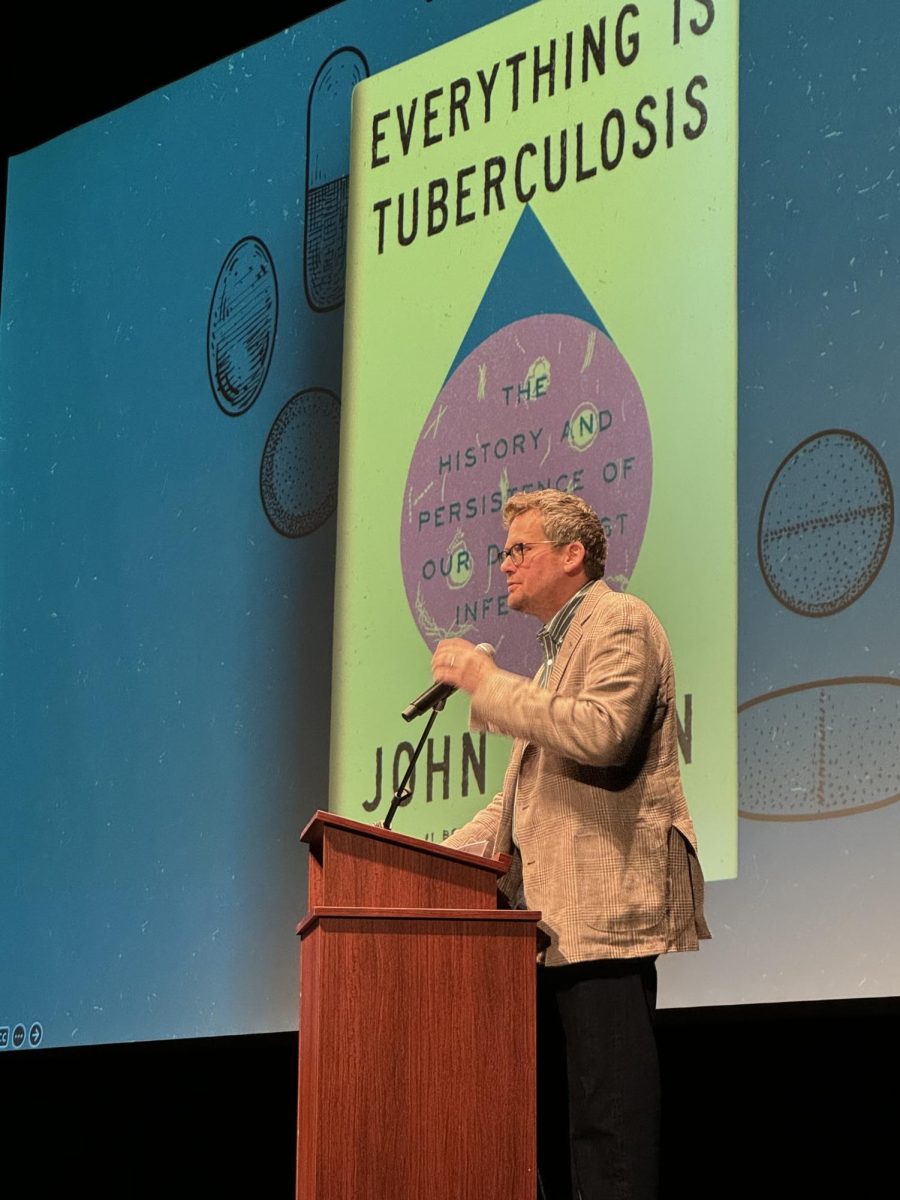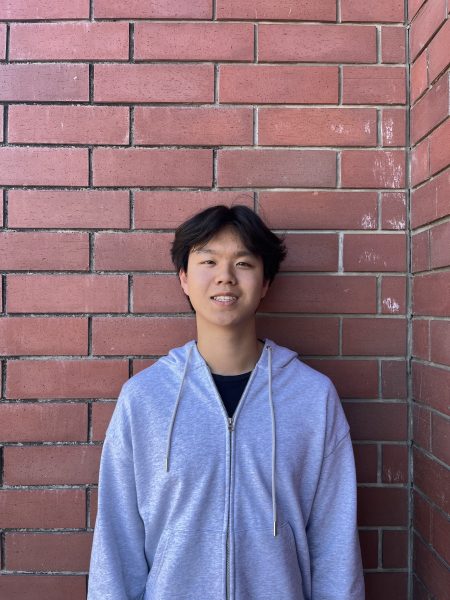This article contains spoilers!
“The books you read in class always seem to have a connection with whatever angsty adolescent drama is being recounted.” Will Gluck’s Easy A, while set in a seemingly harmless high school setting, skillfully showcases the intense double standards women face regarding sexuality and by extension their worth in society.
Red-haired, 17 year-old, quick-witted Olive Penderghast narrates the entirety of the film as she seeks to navigate the complex struggle between innocence and new experiences in high school. Her best friend, Rhiannon, is fierce and unrelenting in what she wants at all times. Because of this, their personalities do not always necessarily mesh. A quick lie on Olive’s part to get out of a camping weekend with her questionably loyal best friend is transformed into a full-scale moral protest against Olive. Olive’s claim to have lost her virginity to a college man slowly evolves into a complete degradation of her character as the “school tramp.”
The more this misconception spreads, the more boys approach Olive in the hopes of exchanging retail store gift cards for a similar lie about themselves. She decides to use the almost feverish begging she receives to her gain, advertising herself like the lie they all see her as and playing the part as best she can. She begins to dress more provocatively at school and stitches a bold red “A” for adultery onto her clothing, inspired by the novel she was reading in her English class at the time—Nathaniel Hawthorne’s The Scarlet Letter.
The Scarlet Letter follows protagonist Hester Prynne, a young woman condemned by her Puritan neighbors for having a child out of wedlock. A shocking event for the time, Hester is imprisoned, convicted of adultery, and sentenced to wear a blazing scarlet “A” for the rest of her life. Forced to live a life under shame and constant scrutiny from those around her, the tale showcases the intense stigma surrounding purity and marriage, especially for women during that time. While the novel was written in 1850, its themes remain prevalent in society today.
Easy A aptly draws parallels between the stories of Hester and Olive. While having well over a 100-year age difference, both protagonists experience extreme hatred and disrespect for their real or perceived betrayals to the norms of society. Olive’s case is particularly interesting, not only because one would imagine new perspectives to come about regarding sexuality and womanhood but because the rumors about her were completely unfounded. Hypocrisy is also a theme examined more thoroughly in Easy A. Olive is mercilessly shunned by a fellow student, Marianne Bryant, and the rest of the school’s devout church group. However, at the climax of the film, Olive comes to discover that Marianne’s boyfriend partook in the behavior she herself faced school-wide protests for—and what’s more, with a married teacher.
The boyfriend is easily able to shift the blame to Olive for his behavior, being just another one of the many to turn to her in their times of need. No one thinks to question his statement; this excuse is welcomed with open arms by his girlfriend, the woman he was involved with, his church group, and even Olive. This plot line showcases how the word of men holds up against the word of women in countless real-life settings. His effortless escape from blame is something unheard of for women, which Olive wearily recognizes.
Gluck’s choice to revolve Easy A’s entire plot around a novel set in the Puritan Era of the 17th century is incredibly telling of the societal progression on views of what entails a “good” woman. As literature and films continue to recognize this suffocating mindset, the work towards allowing women to live as authentically as possible grows stronger: one book, play, and movie at a time.






































































